Maguey de Pulque: Mexico’s Sacred Agave and the Drink of the Ancients
Have you ever wondered about the magical plant behind one of Mexico’s most traditional beverages? Let me introduce you to the maguey de pulque, a remarkable agave that’s more than just a plant – it’s a living piece of Mexican cultural heritage.
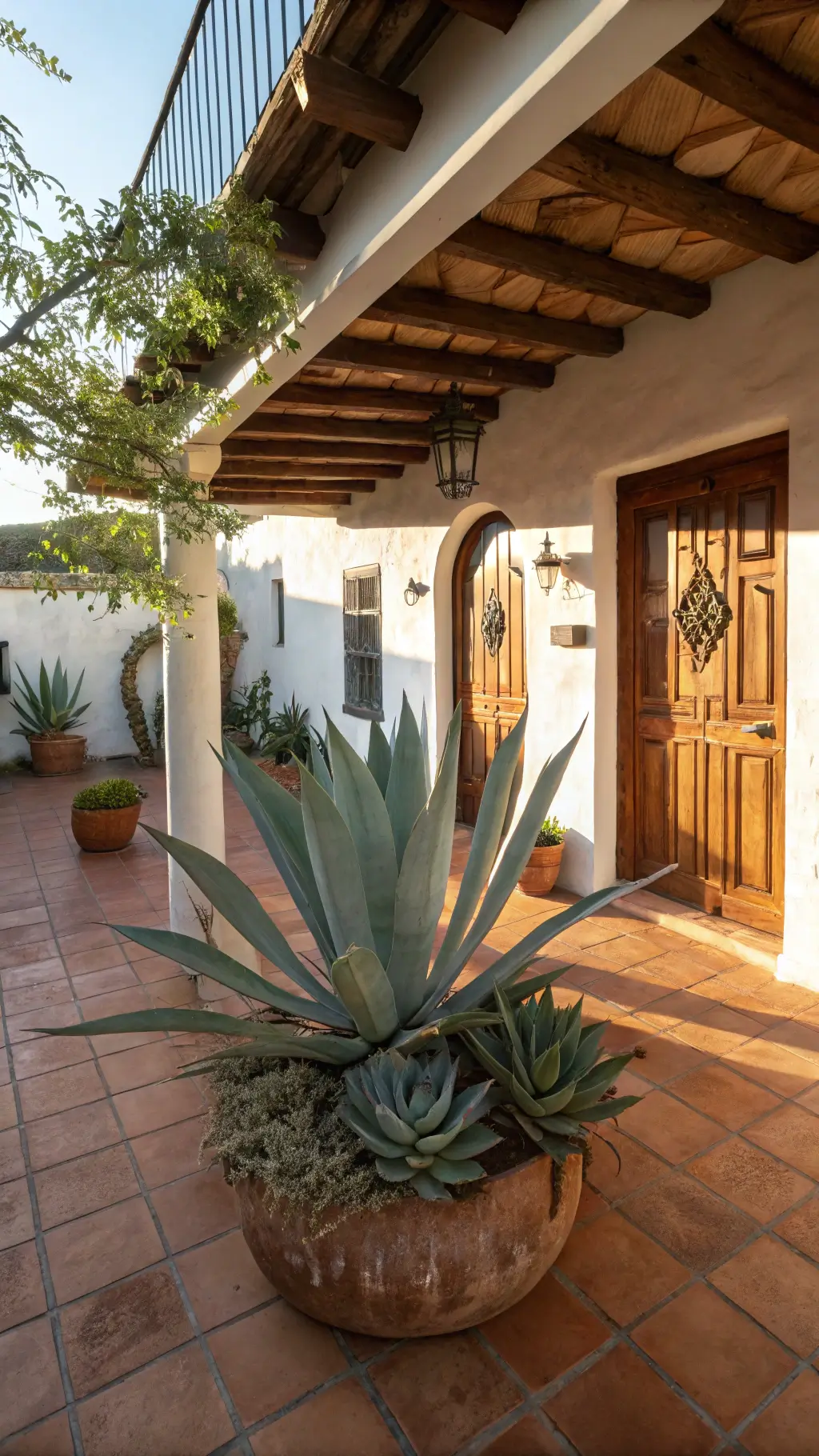
What is Maguey de Pulque?
The maguey de pulque (Agave salmiana or Agave atrovirens) is a massive agave species that’s been a cornerstone of Mexican culture for thousands of years. This isn’t just any plant – it’s a living legend that stands up to 6 feet tall and spreads an impressive 10-12 feet wide.
A Botanical Marvel
Picture this: A giant rosette of 25-30 thick, gray-green leaves, each:
- 10-15 inches long
- Adorned with sharp, intimidating teeth along the edges
- Takes a whopping 15-20 years to reach full maturity
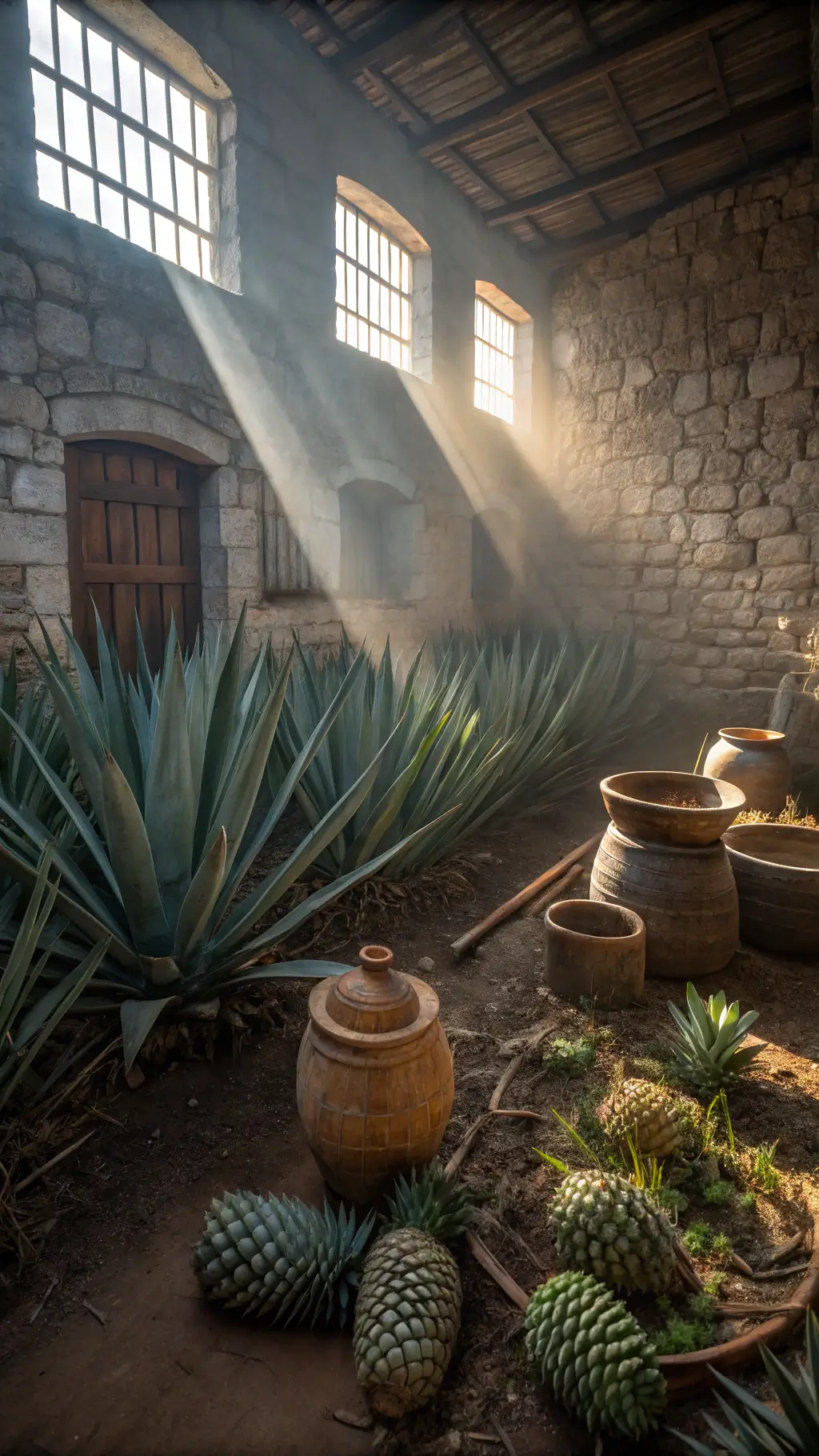
The Sacred Beverage: Pulque
More Than Just a Drink
Pulque isn’t just an alcoholic beverage – it’s a liquid time capsule of Mesoamerican culture. Historically, this drink was so sacred that only priests and nobility were allowed to consume it.
How Pulque is Made: A Fascinating Process
The pulque production is an art form that involves:
- Selecting a mature plant (6-15 years old)
- Carefully carving out the plant’s center before the flower stalk emerges
- Collecting the sweet sap called aguamiel
- Harvesting the sap twice daily by a skilled tlachiquero
- Allowing natural fermentation to work its magic
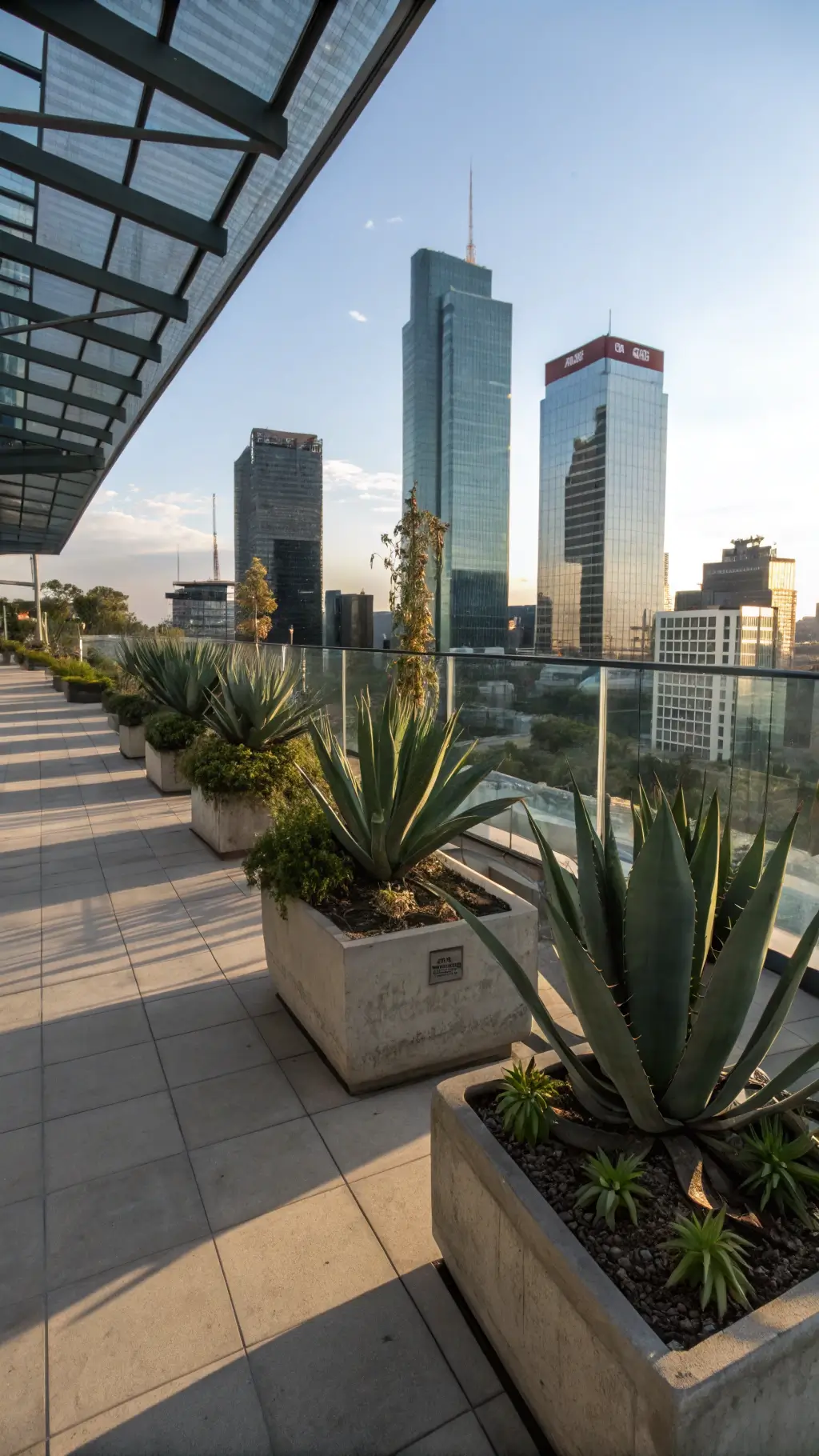
Pulque’s Unique Characteristics
- Appearance: A milky white, slightly viscous liquid
- Taste: Sour and yeasty
- Alcohol Content: 4-7% ABV
- Nutritional Bonus: Packed with probiotics, carbohydrates, vitamins, and minerals
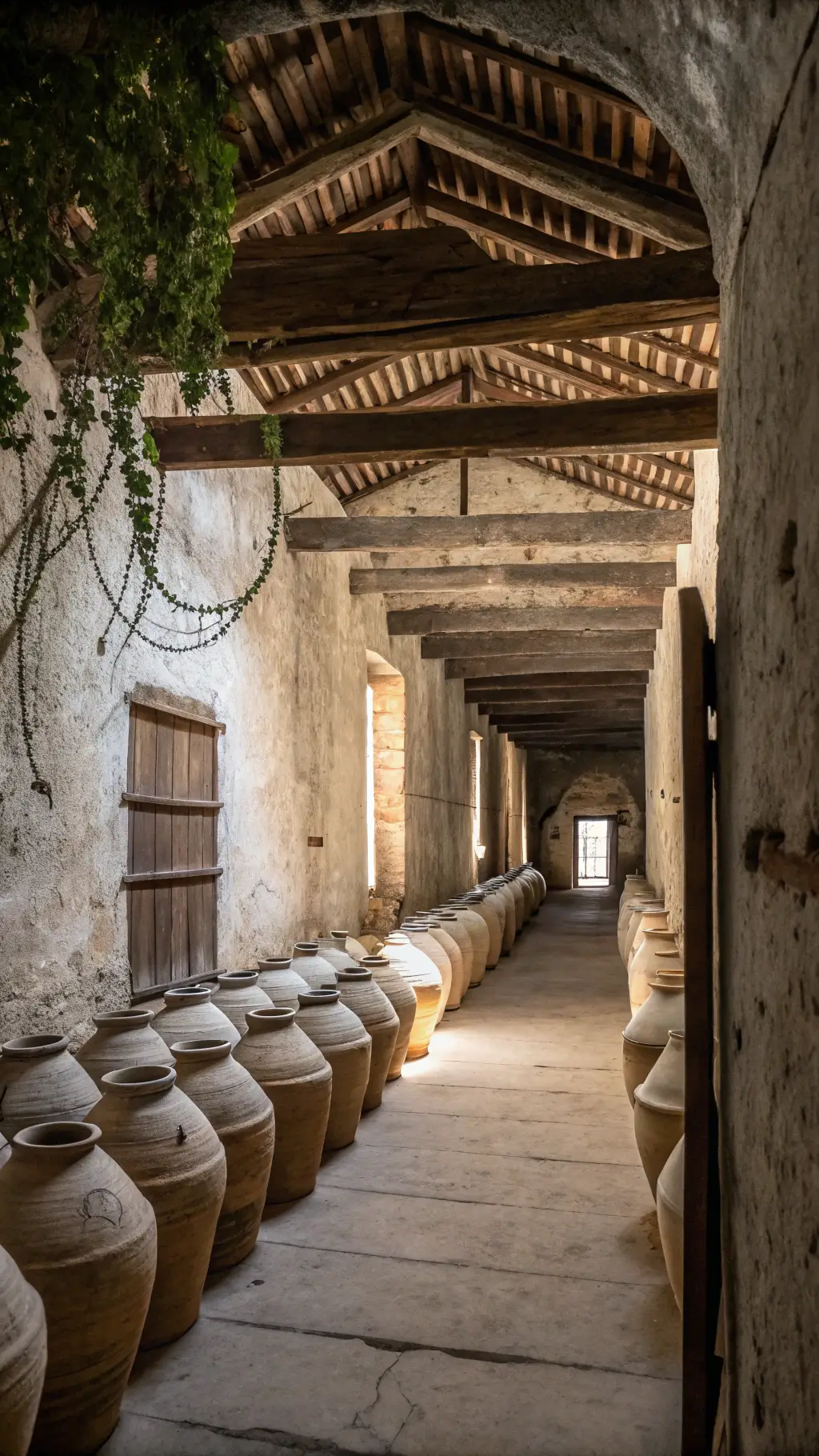
Cultural Significance and Modern Revival
While pulque’s popularity declined in the 20th century, there’s a renewed interest in this traditional drink. Tourism and cultural preservation efforts are breathing new life into this ancient beverage.
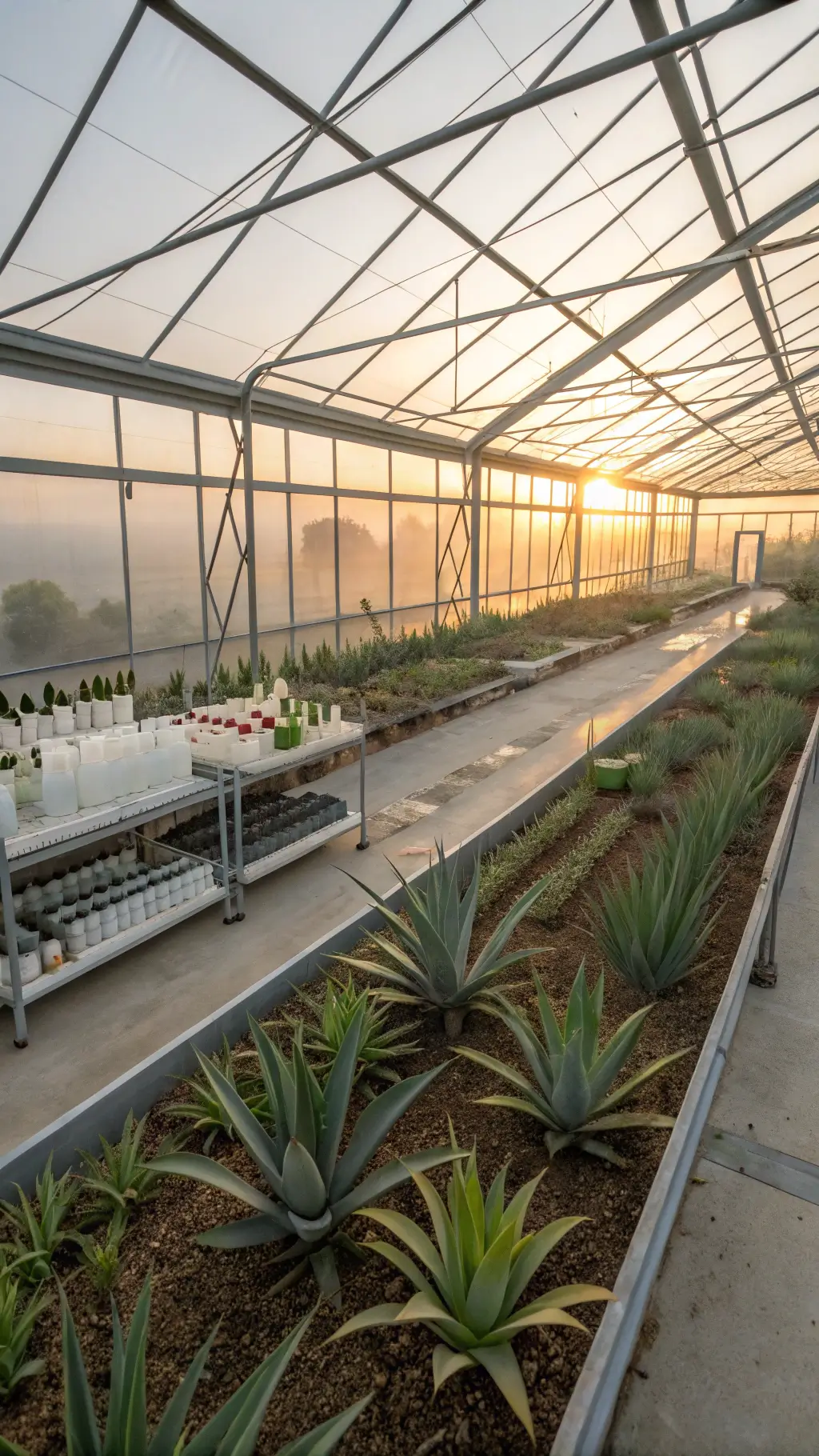
Beyond Pulque: The Maguey’s Many Talents
This versatile plant isn’t a one-trick pony. It offers:
- Strong fibers for textiles and cordage
- Roots with saponins for soap-making
- Nutritious feed for livestock
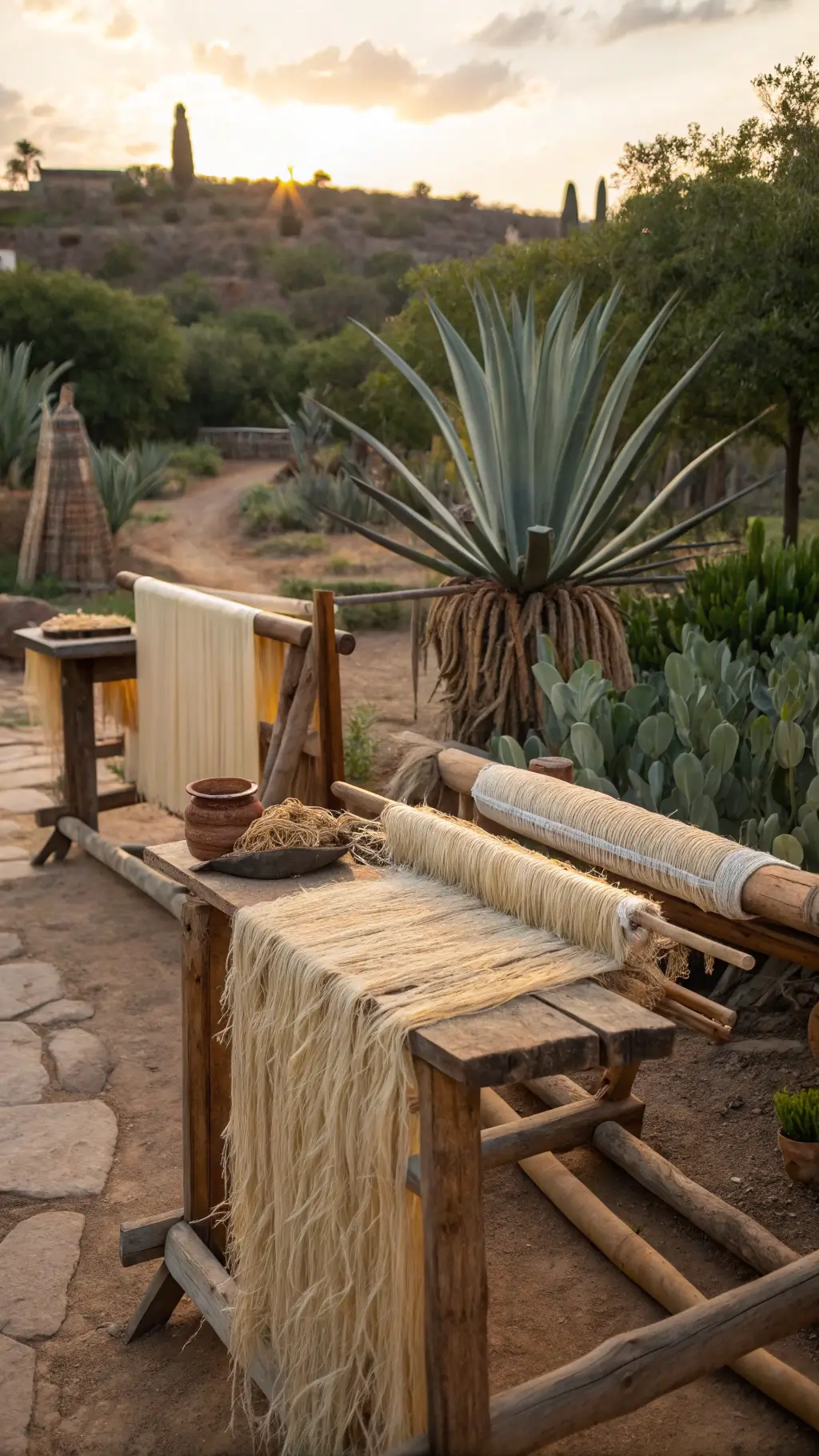
Growing Your Own Maguey
Cultivation Tips:
- Loves full sun to partial shade
- Drought-resistant but appreciates water during hot months
- Can withstand temperatures as low as 25°F (-4°C)
- Propagate by transplanting offshoots or planting seeds
Final Thoughts
The maguey de pulque is more than a plant – it’s a living testament to Mexican tradition, resilience, and cultural richness. From its impressive size to its ancient beverage, this agave continues to captivate and inspire.
Pro Tip: If you ever get the chance to try authentic pulque, don’t hesitate. It’s like tasting a piece of living history!
